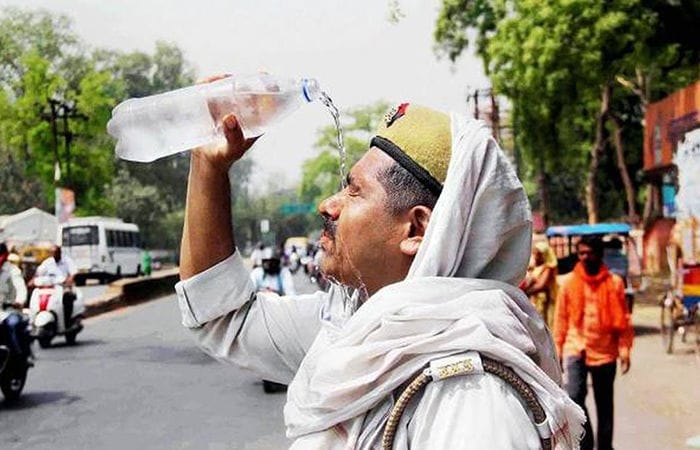Like much of the world, Gujarat is grappling with the stark realities of climate change. The state has experienced severe heat waves, with temperatures in some areas exceeding 50° C.
The ‘State-Level Climate Change Trends in India’ report by the India Meteorological Department (IMD) highlights a worrying trend: Both the annual minimum and maximum temperatures in Gujarat are increasing by 0.02° C annually.
This trend mirrors significant temperature increases across various Indian states, signalling an alarming pattern of climate change.
The report, prepared by IMD officials LS Rathore, SD Attri, and AK Jaswal, underscores a crucial point: Global warming could exponentially increase the number of heatwaves in India, exposing over 600m people to unprecedented heat. This looming threat calls for a robust national strategy to adapt to climate change and enhance ecological sustainability.
Climate experts in Gujarat suggest that the rising temperatures in the state are attributed to a mix of climate change and environmental alterations. Extreme weather events, such as heavy rains leading to floods, are becoming more frequent. Subtle yet significant changes in temperature patterns are also evident.
For instance, Ahmedabad is experiencing a narrower gap between daytime and night-time temperatures.
Similarly, the Banni grasslands, which traditionally received rainfall quadrennially, now witness almost yearly rainfall.



